This website uses cookies so that we can provide you with the best user experience possible. Cookie information is stored in your browser and performs functions such as recognising you when you return to our website and helping our team to understand which sections of the website you find most interesting and useful.
Truskavets Territorial Community
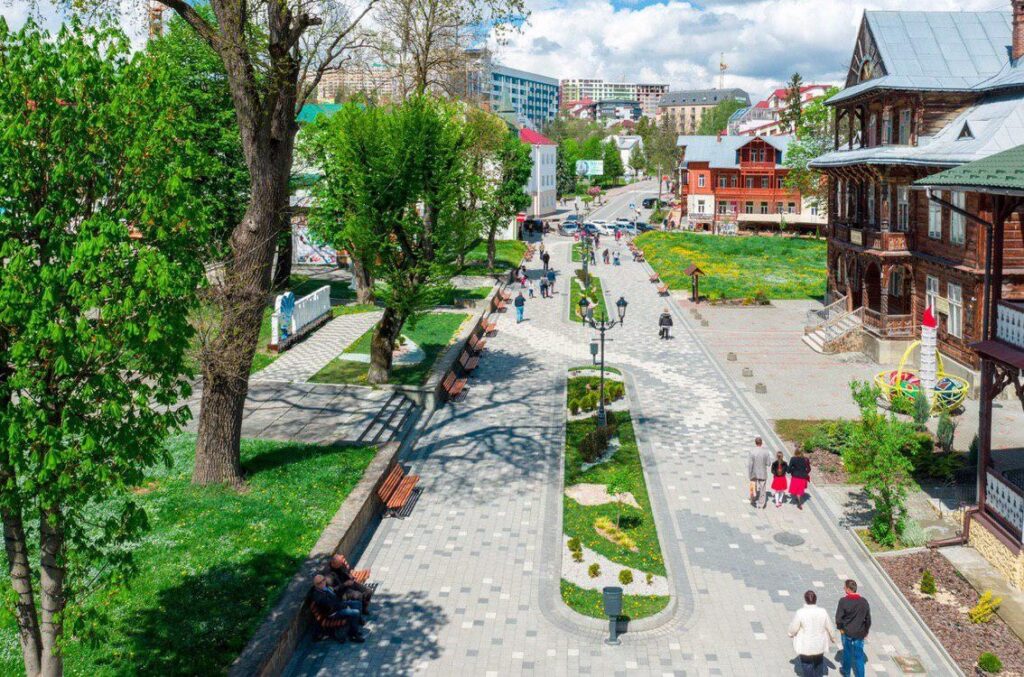
The Truskavets Territorial Community is located in the territory of the Drohobych District in the Lviv Region.
The total area of the territory is 207.9 km2.
The population of the community amounts to 39,370 residents.
Children under 17 – 5,011.
Women – 52.7%.
Men – 47.3%.
It includes eight settlements. The administrative centre of the community is Truskavets.
History
The first written mention of Truskavets dates back to 1427. Archaeological findings, in particular, a Roman battle hammer (4th century AD), indicate that the territory of Truskavets could have been the arena of hostilities of the Goths together with the Carpathian tribes led by the Carps, on the one hand, and the legions of the Roman Empire, on the other hand.
The name of the town of Truskavets still causes disputes among historians. Some believe that Truskavets is a modified form of the Polish word truskawka (strawberry).
Other researchers believe that the name of the town was influenced by the Lithuanian language. In Lithuanian, druska means salt, and the Carpathian area is a well-known centre of salt production. This option is supported by the close interstate relations between the Galicia-Volyn Principality and the Grand Duchy of Lithuania in the 12th – 15th centuries.
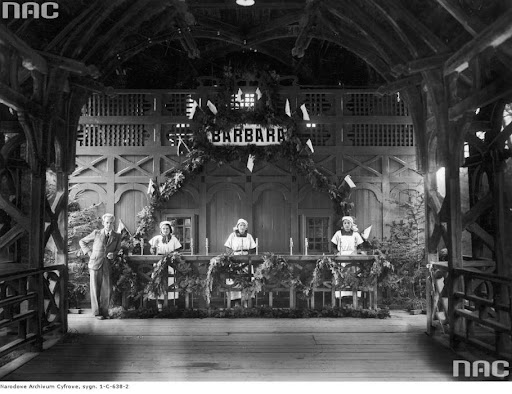

The balneological resort is believed to be founded in 1827. At that time, the premises for the first 8 baths were built. Although the healing properties of Truskavets water had been known for a long time, they were first described by royal physician Wojciech Oczko in 1578. The first serious studies were conducted there by German scientists Fichtel and Hake. In a small work published in 1805, Stanislav Staszic wrote that, in addition to salt, ozokerite and oil were mined there, from which kerosene used for outdoor lighting was obtained by distillation. And this was in the early 19th century!
A chemical analysis of Naftusia mineral water was first carried out in 1836 by Teodor Torosevych, a Lviv scientist, apothecary and chemist. This famous scientist is better known for the invention of the kerosene lamp. At the same time, the importance of Truskavets in the Austro-Hungarian Empire was growing. In 1892, a room for inhalations of the Washmut system was built there. And this helped Truskavets rise to the level of important European resorts such as Rihenhal and Wiesbaden. Hotels, villas, boarding houses were built.
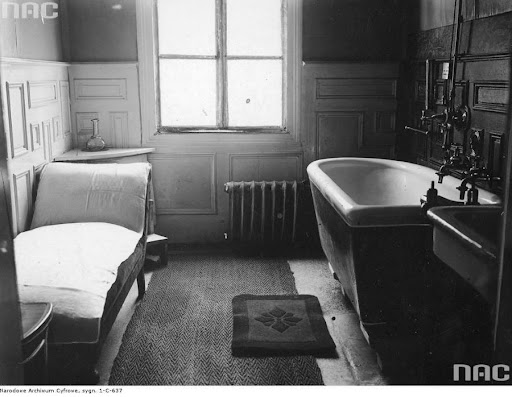
In 1900, a monument to Adam Mickiewicz was opened.
The infrastructure was developing; a new hydropathic hospital and a bypass road were built. Raymond Yarosh’s work should be emphasized separately. In 1911, Truskavets was taken over by the union he headed. The new owner immediately began active Europeanization of the resort. First of all, he electrified Truskavets. So with the help of electricity, not only the resort premises and private villas, but also the streets and the territory of the park were illuminated. As early as 1909, a railway with a small station was built, but then a new station was built in 1912. Truskavets was directly connected by railway to both Lviv and Vienna, Krakow, Poznań, Prague, Warsaw, and Berlin.
In 1913, Truskavets was awarded the Great Gold Medal for its great success in the development of the resort, its medical resources. And the pace of change was really impressive. Those who missed several seasons could not recognize it when they arrived in Truskavets.
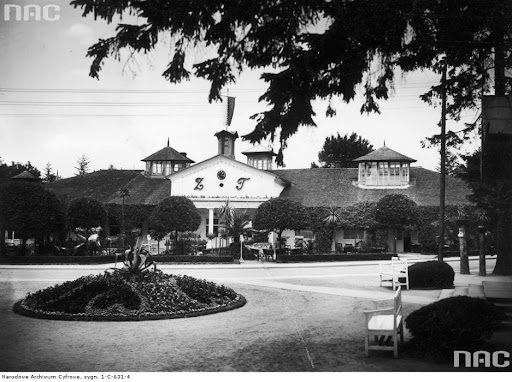
A bathing lake was equipped in Pomirky according to the European standards; tennis courts and sports playgrounds were built. The banks of the lake were covered with golden sea sand. The natural science museum was opened and consecrated on 17 August 1929. Unfortunately, almost nothing has been left from its rich collection because, after the arrival of Soviet troops in 1939, its exhibits were partly transferred to Drohobych and partly simply stolen. One of the collections was loaded into the container and taken somewhere.

And the resort development was substantiated by numbers. In 1923, it was visited by 6,080 guests; in 1927, the number of visitors increased dramatically up to 12,633 people. In 1931, the resort was visited by 14,659 people and the season of 1933 recorded 17,000 visitors, an unreal number back then.
Thus, Truskavets became one of the major European centres of the healthcare industry. Today the resort is ready to receive up to 350,000 guests annually.
Economy and Wellbeing
The structure of businesses is dominated by small enterprises, including micro-enterprises.
The main branch of the community’s economy is the sanatorium-resort and hotel industry, which employs the largest number of establishments and employees. At the same time, the economy of this sector tends to grow, primarily due to an increase in tourist flows.
In particular, the Lviv Region was visited by about 3.0 million tourists in 2017; and the tourist tax increased by 22% to total UAH 10.5 million, including 47% coming from the city of Lviv and 53% generated by Truskavets, Boryslav, Morshyn, the Pustomyty and Skole Districts and others.
Industrial production facilities in the resort town of Truskavets are focused on the production and bottling of mineral water; production of water metering devices and their verification.
Trade and agricultural production (medium-sized and small agricultural producers) are also well developed in the territory of the community, the main activities of which include vegetable growing, cattle breeding, and trade. Construction, woodworking operations are less developed.


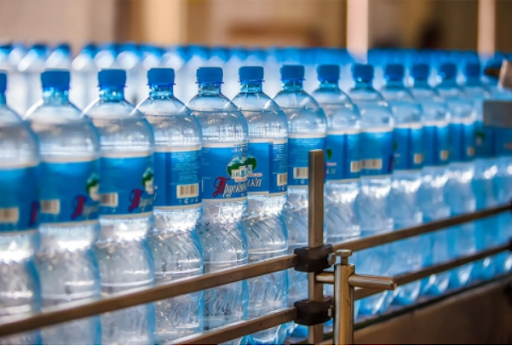
Community and War
– for almost a year of the war, Truskavets has received twice as many IDPs as the local population and has become a new home for many of them. Today, 14,510 internally displaced persons are officially registered in Truskavets.
– the humanitarian headquarters has been functioning from the first day of the war, and help to the armed forces and volunteering have never stopped, but intensified;
– substantial aid has been provided by foreign partners, in particular the sister towns from Poland;
– Truskavets has deservedly withstood the impact of the war and coped with all the burdens that have fallen on its infrastructure, utility companies, and governing bodies;
– thanks to its geographical location and the lack of strategic and industrial facilities, Truskavets has become an island of safety and a town of opportunities, in particular for IDPs and relocated enterprises;
– even in wartime, the authorities of Truskavets have managed to preserve the positive development dynamics, purchase (update) utility equipment, implement investment projects, work on the image of the resort and plans for its prosperity in post-war peacetime.
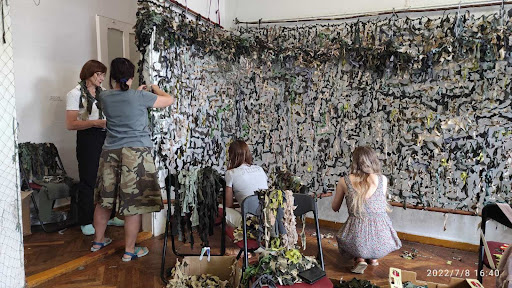
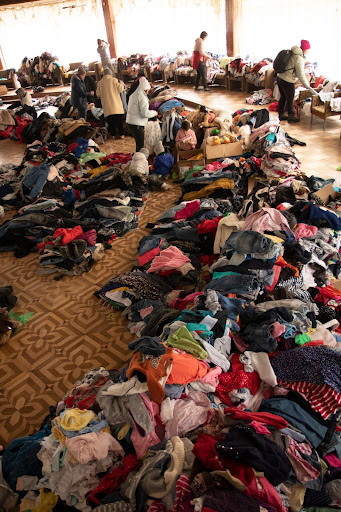
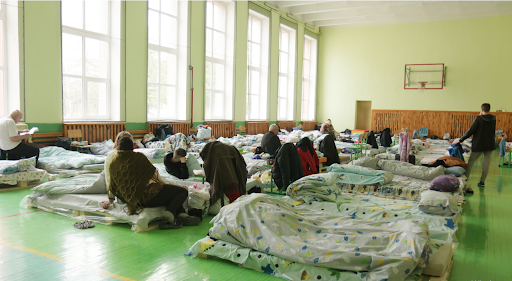


People of the Community
Andrii Bohdanovych Kulchynskyi, aged 51
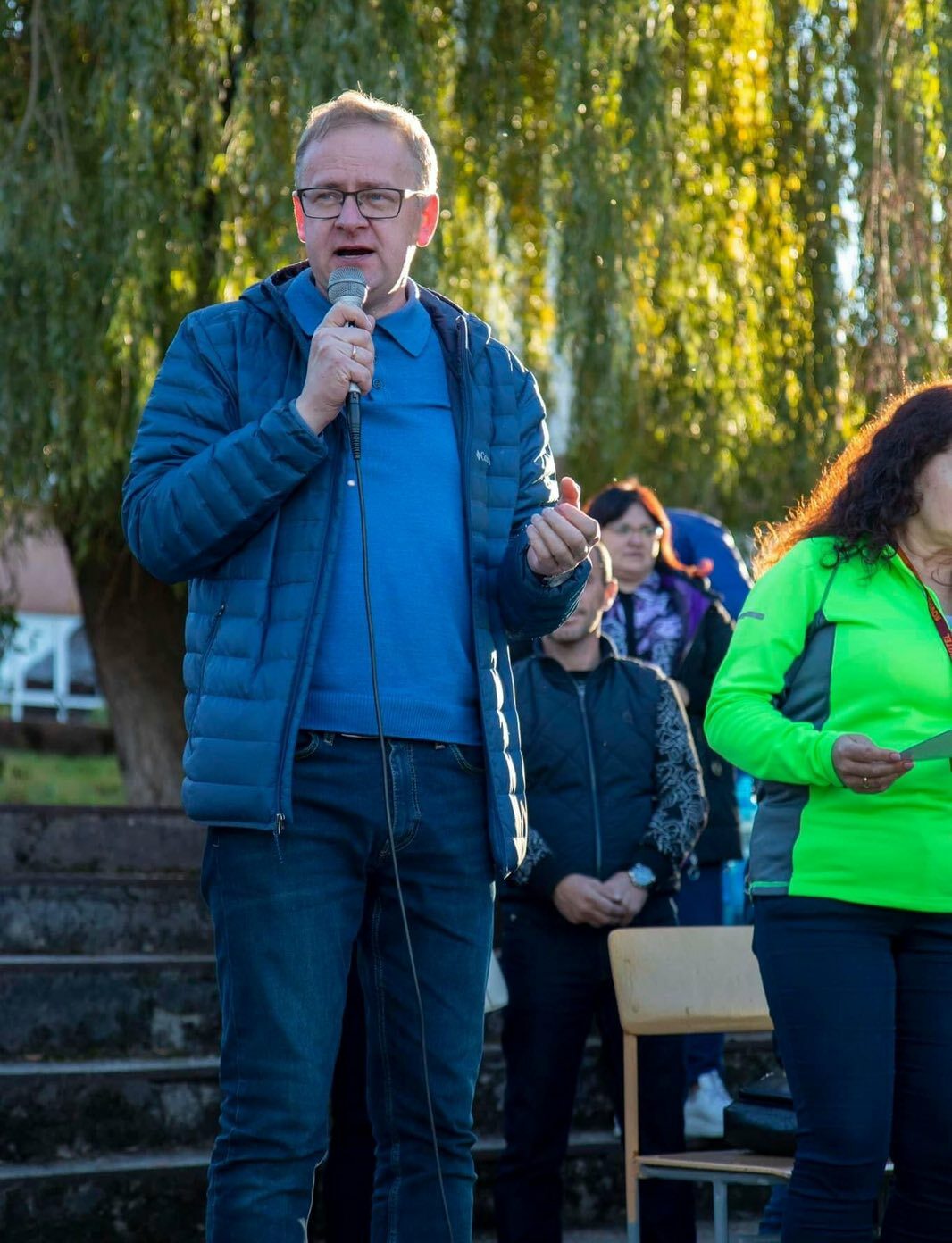
From 2015 to 2020, Andrii Kulchynskyi was the mayor of Truskavets. In 2020, he was re-elected for a second term as the head of the Truskavets community.
After russia’s full-scale invasion of Ukraine (24 February 2022), aid headquarters for internally displaced persons were deployed in the Truskavets community on the instructions of Andrii Kulchynskyi.
1) Humanitarian aid centres were organized, where one could get medicines, clothes, food and everything they needed.
2) Logistics for receiving humanitarian aid from foreign partners of the town of Truskavets were organized.
3) The headquarters for the accommodation of displaced persons in the Truskavets community was organized.
4) Humanitarian aid is regularly provided to the Armed Forces of Ukraine and the war-torn regions of Ukraine.
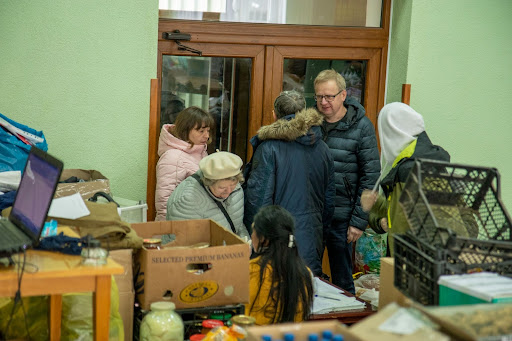
In general, the Truskavets town development budget has risen 2.5 times over the last couple of years.
The following projects have been implemented by Andrii Kulchynskyi’s leadership:
- two schools and two kindergartens have been insulated;
- one of the schools has been reconstructed;


Before and after the school reconstruction / Source: Truskavets community
- A regional centre for promoting a healthy lifestyle has been created at a grammar school.
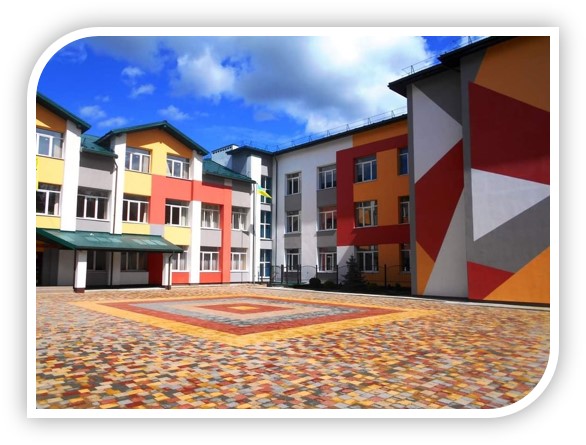
- Kindergartens have been reconstructed;
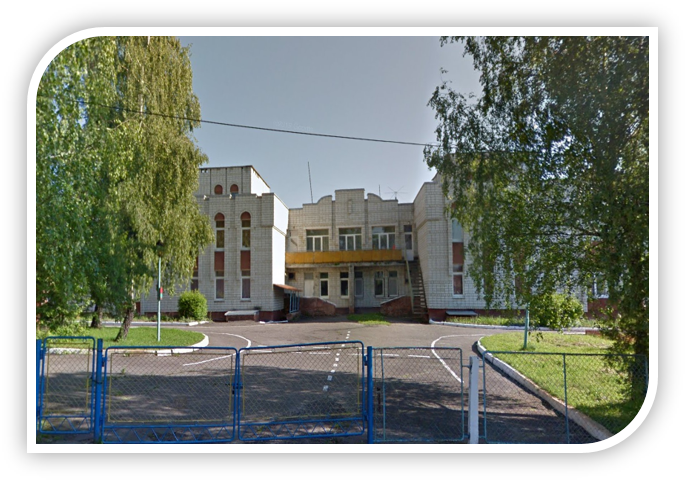
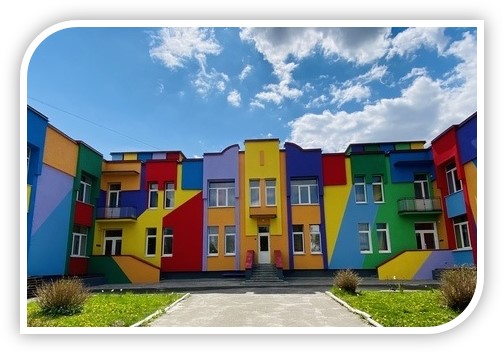
5. Forty playgrounds in the yards of buildings have been arranged;
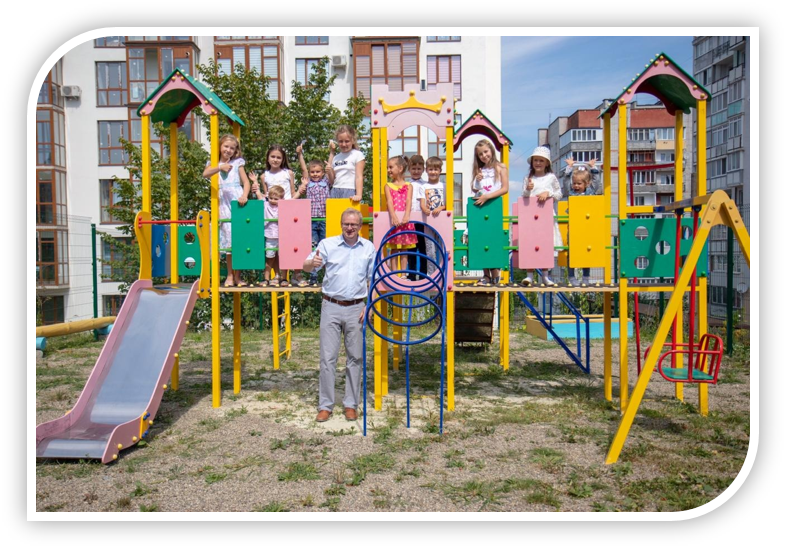
- Two libraries have been completely renovated; thousands of new Ukrainian books have been purchased. Truskavets was the first in Ukraine to provide art education services to schoolchildren;
- The town hospital has been fully renovated;
- Repairs of buildings and outbuildings have been carried out:
- all the windows in the entrances have been replaced with plastic ones;
- the roofs of 50 buildings have been replaced;
- the water supply and sewage networks in 60% of buildings have been replaced;
- The level of crime has dropped by 60% as a result of the installed video surveillance cameras;
- All the pensioners of Truskavets can now use public transport at no charge.
Development Strategy
In 2018, the “TRUSKAVETS SUB-REGION DEVELOPMENT STRATEGY UNTIL 2028” was developed in Truskavets. The document was developed on the initiative of the Truskavets Town Council as part of cooperation with the German united land of Wathlingen. The development of the Strategy was financed by the Federal Ministry of Economic Cooperation and Development of Germany as part of the “Partnerships with the Cities of Ukraine” project of Engagement Global non-profit organization.
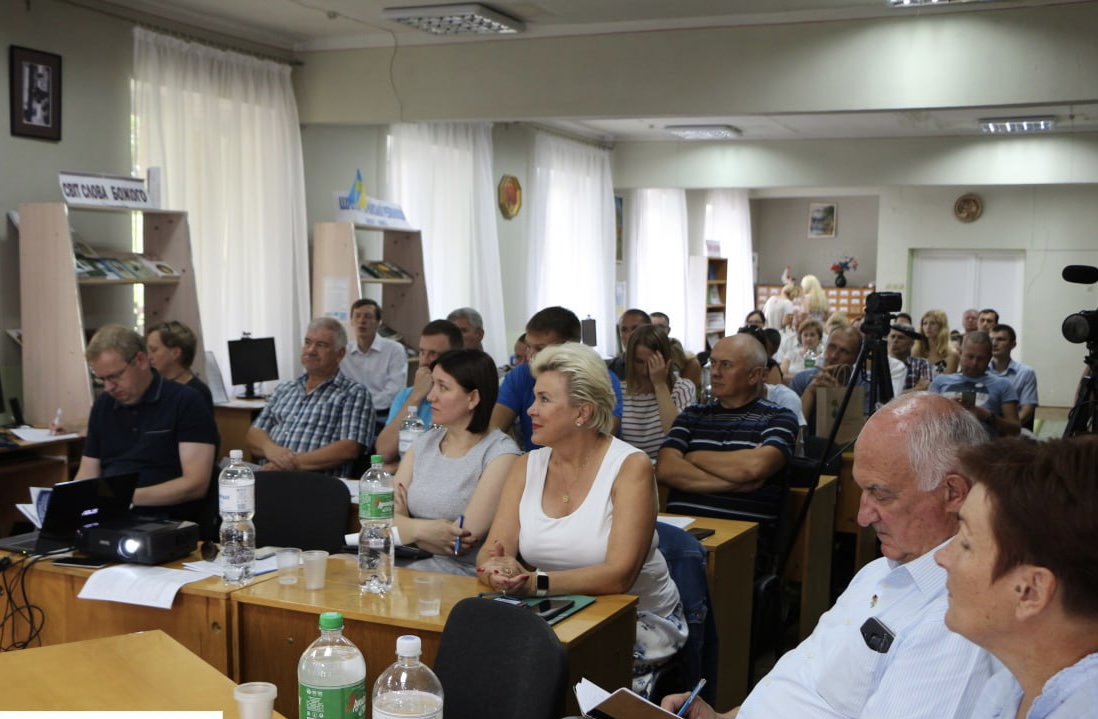
The key units and strategic development areas in the community include:
Strategic objectives
- Economically developed area focused on health and tourism development
Operational objectives
- development of the sanatorium resort complex and accompanying service sector
- development of economic cooperation in/outside the sub-region
- development of territorial tourism products and promotion
Tasks:
- Preservation of the proper quality of therapeutic water
- Expansion of the range of services of the sanatorium-resort complex
- Improvement of the quality of services in the service sector
- Creation of a system of mutually beneficial cooperation, including within the sub-region
- Promotion and implementation of economic opportunities of the sub-region
- Development of the tourist infrastructure
- Development and diversification of tourist products
- Improvement of the condition of the historical part of Truskavets
9 Tourist promotion of the sub-region
Strategic objectives
- An area of high quality life
Operational objectives
- development of engineering and road infrastructure
- development of social services
- development of public spaces and social life
- security of the territory and citizens
Tasks:
- Modernization of the water supply and drainage system
- Ensuring transport accessibility of the sub-region and internal transportation
- Road infrastructure development
- Ensuring high-quality energy supply
- Development of formal and informal education
- Ensuring energy efficiency in the utility sector
- Improvement of the social security system at the local level
- Development of large-scale sports
- Creation of high-quality public space
- Ensuring accessibility of public facilities
- Activation of public and cultural life
- Improvement of the security system of residents and guests
- Ensuring technogenic safety of the sub-region
- Ensuring environmental safety of the sub-region

